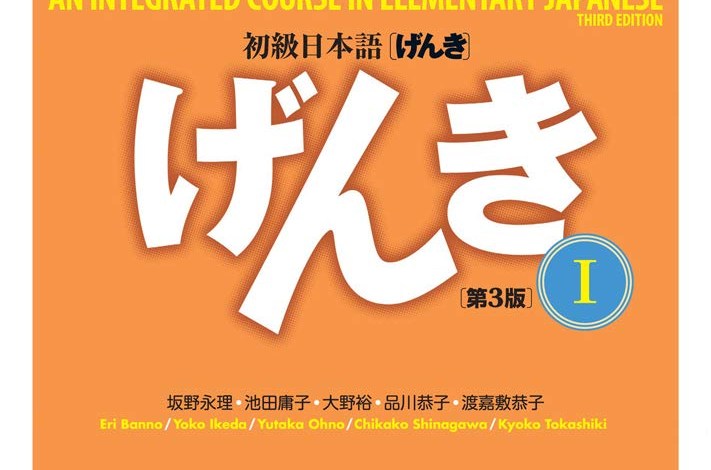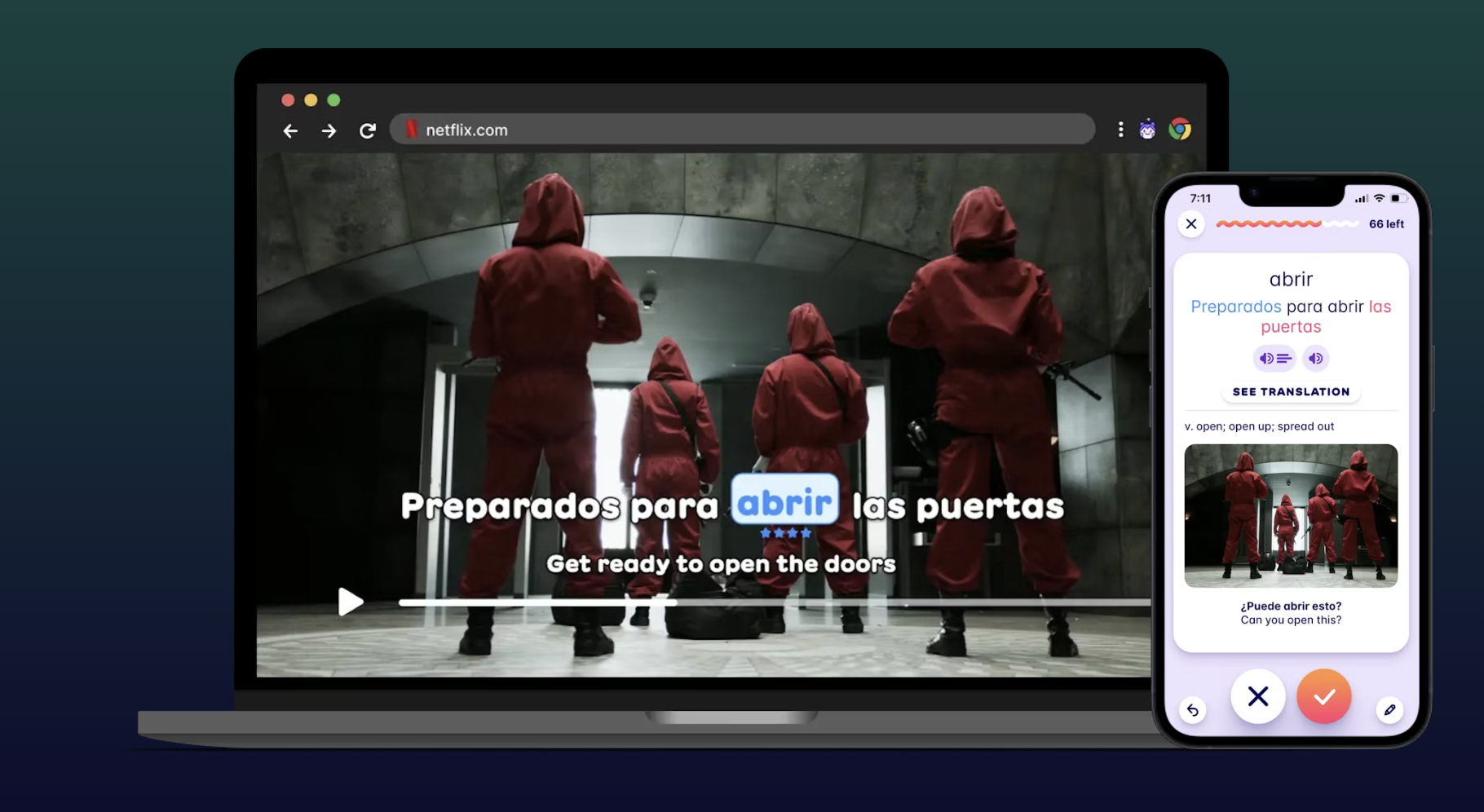Want to learn Japanese by playing video games and watching anime? A band of YouTubers — with the help of modern tools — has made learning one of the world’s most challenging languages into a fun hobby rather than a laborious chore.
But let’s set expectations: You shouldn’t expect to play Metaphor: ReFantazio without English subtitles anytime soon.
For the past three years, I’ve been gradually learning Japanese. In that time, particularly the first year, I tried dozens of learning methods, tools, apps, and online tutorials. I don’t regret that soul-searching period, because finding the right learning process is key to long-term language acquisition. That said, it helps to have a few starting points.
I’ve picked three creators and two software projects that I believe are perfect for beginners. And I’ll be active in the comments if you need any personal recommendations or have your own recommendations.
What launched on YouTube as ToKini Andy in 2019 has become an entire learning platform, spread across video, Discord, and the company’s official site. Run by Andy and Yuki, the lessons focus on the foundational elements of learning Japanese, using textbooks like Genki and handcrafted guides to learning kanji. Though the hosts aren’t focused on games and anime, their love for both mediums is evident, with references to media popping up in lessons.
Occasionally, they also drop a video like “Is Dorohedoro perfect for learning Japanese?” and “I studied Japanese ALL DAY with Nintendo 3DS for 1 month. Here’s what happened.”
Tokini Andy is the most traditional starting point on this list, and though working your way through textbooks and kanji lessons will keep you away from games and anime, it will lay a foundation. For some folks (read: me) it helps to spend months, even years, really understanding the mechanics of a language.
Yuta is the clearest, most concise, and most clever YouTuber in the Japanese language community. His videos, released every month or so, explain specific grammar points that you’re unlikely to find in a textbook but very likely to encounter in Japanese media like games and anime. While he celebrates this study material, he’s also mindful that learning Japanese entirely through anime can cause foreign-language speakers visiting Tokyo to sound like shonen heroes when they’re just trying to ask for directions.
Like the other creators here, Yuta has his own site that offers additional learning tools, including helpful, explanatory PDFs. And his Instagram account is a great way to get regular, short language tips, like why you shouldn’t say “anata,” the Japanese equivalent of “you.”
Game Gengo is hosted by Matt, a native English speaker who lives in western Japan. The YouTube educator hosts multiple series focused on Japanese language acquisition through gaming. Above, you can watch the Metaphor: ReFantazio episode of the channel’s “Learn Japanese With” series, in which Matt takes a chunk of gameplay and breaks down every line word by word, particle by particle, grammatical construction by grammatical construction.
Starting with that series is like being hurled into the deep end on your first swimming lesson, so for newcomers, I recommend his playlists on N5-N1 grammar. The Japanese-Language Proficiency Test begins with N5 (beginner) and works its way up to N1 (fluency). If you learn best with a textbook on your desk, Matt has also produced videos that provide in-game examples of lessons from the most popular Japanese textbook, Genki.
The number one trick to learning a language is to foster a habit — something you look forward to doing at least 30 minutes a day, every day, for the foreseeable future. Few things in life are better at creating that sort of feedback loop than the apps we keep on the first page of our smartphones. Stuff like Instagram, WhatsApp, Spotify.
When I began learning Japanese, I made time and space (quite literally) by deleting some of my go-to social media apps and replacing them with language apps. Duolingo, with all its technical wizardry, was excellent at creating a habit, though I found I was retaining very little from its simplistic lessons. From there, I tried a variety of services:
Any one of these apps will be an excellent use of your time — and you may use a couple of them at once. But my current favorite platform is NativShark. It’s everything I need in one spot: spaced repetition flashcards, grammar breakdowns, kanji memorization techniques, and an easy-to-navigate design.
It’s not free like Anki, but I’d rather spend a little money to avoid tinkering and focus on learning. The image above is a breakdown of a single flashcard. Look at all of that helpful information!
While I’d love to be one of the handful of language prodigies on YouTube claiming to have completed Japan’s infamously challenging N1 language proficiency test in a matter of months, that’s not the case. I knew learning a new language as an adult would be, realistically speaking, a lifelong pursuit. So I prioritized a study routine that I looked forward to doing every day, rather than one that felt like a high-impact workout.
This brings us to the meat and potatoes of my recommendations: Migaku. This is the perfect tool for learning Japanese through Netflix and YouTube. In short, Migaku can display both the Japanese- and English-language subtitles at the same time, provide immediate definitions of words and phrases, and convert moments from videos into flashcards that include a screenshot, a snippet of audio, the subtitles, and a brief explanation of their meaning.
All of this can be done for free using other tools like Anki, but that requires a considerable amount of elbow grease. Like I said up top, the number one trick for language learning is creating a habit, and if you can do that while QAing tech issues, the more power to you. But for folks who want to dive into their favorite anime on Netflix and YouTube as soon as possible, Migaku is the easiest, fastest, and most enjoyable app to add to your phone.




